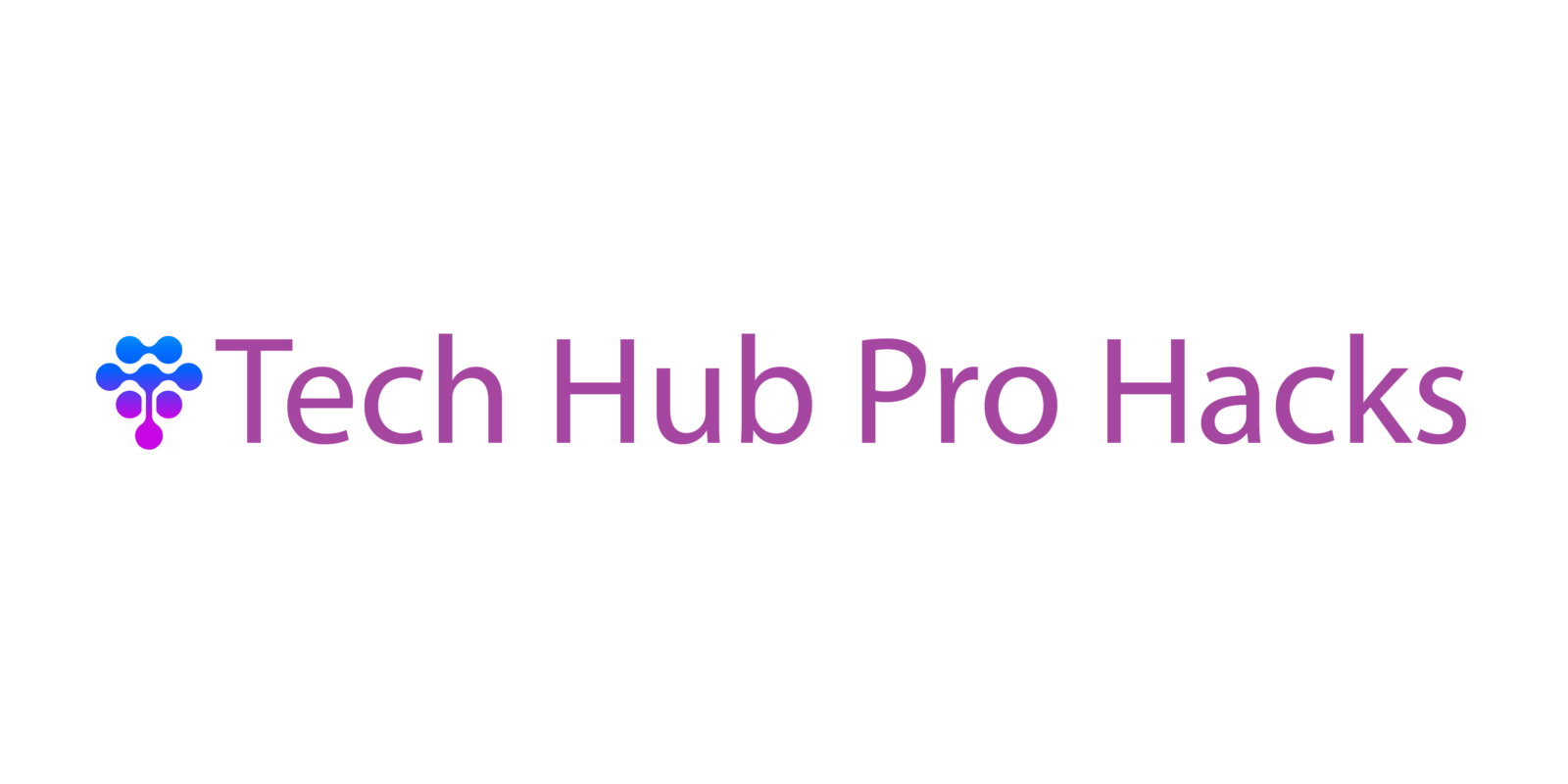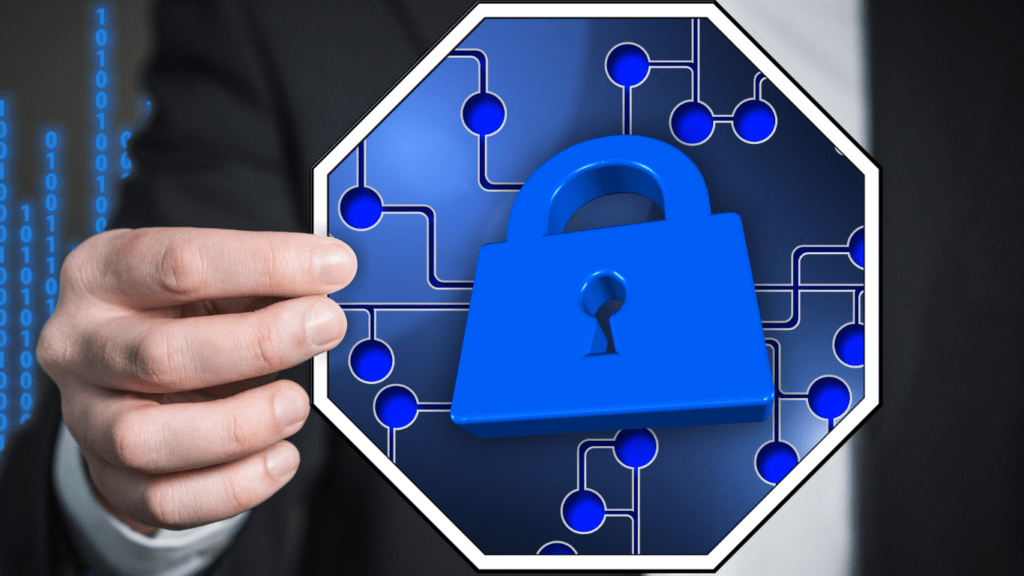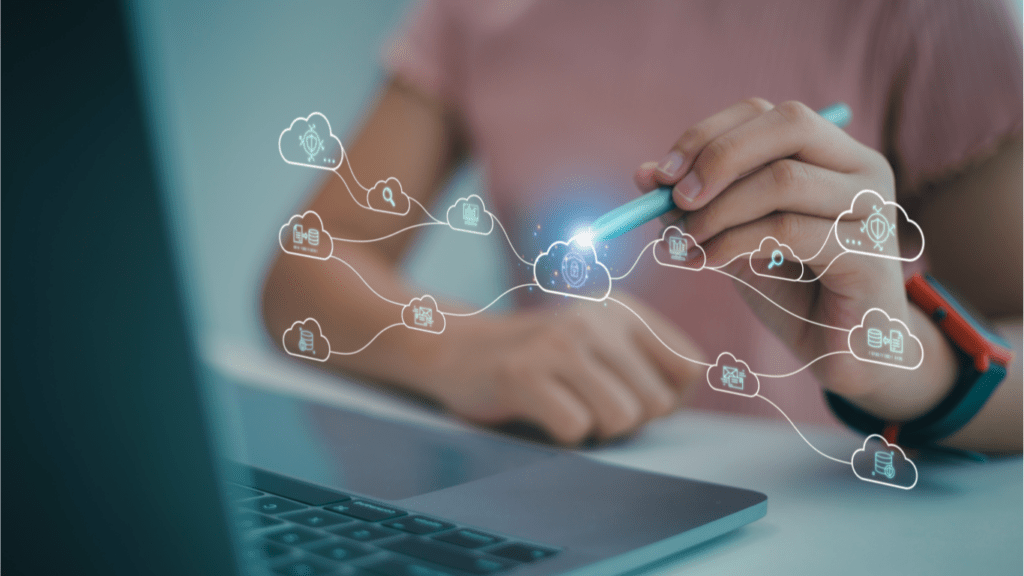Understanding The Importance Of Internet Security
Cybercriminals continuously evolve their tactics, making internet security vital. Frequent data breaches expose personal information, financial details, and sensitive data to malicious entities. Cyber threats like ransomware target users by encrypting data and demanding payments for restoring access.
Insecure internet use can lead to identity theft, where attackers misuse stolen credentials for fraudulent activities. I notice that poor security habits, like using weak passwords, increase vulnerability. Financial transactions online, such as banking or shopping, are prime targets for cyber attacks. Without solid security measures, unauthorized access to accounts becomes easy.
Unsecured networks, especially public Wi-Fi, pose significant risks. Encryption methods, when not used, allow attackers to intercept data exchanges. Phishing attacks trick users into revealing personal details by mimicking trusted sources. Common examples include deceptive emails and fraudulent websites appearing legitimate.
Implementing robust internet security practices protects against these threats. Simple measures, such as using strong and unique passwords, recognizing phishing attempts, and securing networks, enhance overall safety. By acknowledging the importance of internet security, I can proactively safeguard my digital presence.
Essential Tools For Enhanced Security
Using the right tools is crucial for maintaining robust internet security.
Antivirus Software
Antivirus software scans your system for malware. Programs like Bitdefender and Norton (examples of antivirus software) offer real-time protection. Regular updates ensure the software can detect the latest threats. Running weekly scans helps identify and remove malicious files.
Firewalls
Firewalls monitor incoming and outgoing network traffic. They block unauthorized access while allowing legitimate communications. Built-in firewalls in operating systems, such as Windows Defender, provide a basic level of security. For advanced protection, consider third-party options like ZoneAlarm.
Virtual Private Networks (VPNs)

VPNs encrypt your internet connection, protecting your data from prying eyes. Services like NordVPN and ExpressVPN (examples of VPNs) mask your IP address and ensure online privacy. VPNs are especially useful on public Wi-Fi networks and enhance security by routing traffic through secure servers.
Best Practices For Stronger Passwords
Boosting internet security starts with stronger passwords. Follow these practices to create and manage passwords effectively.
Creating Complex Passwords
Use combinations of uppercase letters, lowercase letters, numbers, and special characters. Aim for passwords with at least 12 characters to enhance security. Avoid using easily guessable information like birthdays or names.
Examples:
- Simple Password: “password123”
- Complex Password: “P@s5wOrd$123!”
Regenerate passwords regularly, at least every three months.
Using Password Managers
Password managers store and generate secure passwords. They allow you to use unique passwords for each site without needing to remember them all. Select a reputable password manager, such as LastPass or 1Password, to ensure your data remains secure.
| Feature | LastPass | 1Password |
|---|---|---|
| Multi-device Sync | Yes | Yes |
| Password Generation | Yes | Yes |
| Two-Factor Authentication | Yes | Yes |
Ensure password managers support multi-device synchronization and two-factor authentication for added security.
Regularly update your password manager and enable security features like biometric authentication if available. Using a password manager simplifies password management and strengthens overall internet security.
Safe Browsing Habits
Navigating the internet securely involves adopting habits that reduce the risk of cyber threats. Implementing these practices safeguards your personal information and enhances your overall internet security.
Recognizing Phishing Attacks
Phishing attacks often trick users into sharing sensitive information. Look for red flags like unfamiliar email addresses and unsolicited requests for personal data. Hovering over links in emails, checking for discrepancies in URLs, and scrutinizing attachments help in identifying phishing attempts. For example, legitimate companies won’t ask for passwords via email. Always verify the sender’s legitimacy before clicking on any links or providing information.
Secure Website Verification
Ensuring websites are secure before providing any information prevents data breaches. Check for HTTPS in the URL and a padlock icon in the address bar, indicating a site uses encryption. Authentic websites, especially those asking for financial information, will have an SSL certificate providing HTTPS. Avoid sites with warnings about invalid certificates. For example, when shopping online, always ensure the e-commerce site exhibits these secure markers to protect your financial data.
Protecting Personal Information
Securing personal information is crucial in minimizing risks like identity theft and unauthorized access to sensitive data. Implementing effective strategies ensures robust internet security.
Data Encryption
Encrypting data adds a layer of security by converting information into an unreadable format. AES (Advanced Encryption Standard) is widely used across industries. Unencrypted data on devices or sent over networks is vulnerable to interception. Encryption tools like BitLocker for Windows or FileVault for Mac help safeguard data on hard drives. For emails, options like ProtonMail or GPG provide end-to-end encryption, ensuring only authorized recipients can access the content. Websites featuring HTTPS ensure data transmitted between users and sites is encrypted, reducing exposure to potential breaches.
Social Media Privacy Settings
Managing privacy settings on social media platforms like Facebook, Instagram, and Twitter controls who can view and interact with personal posts. Only trusted friends and family should access personal updates. Ensuring settings are adjusted to limit visibility reduces risks from data scraping and identity theft. Activating features such as two-factor authentication (2FA) enhances security by requiring secondary verification, making unauthorized access challenging. Regularly reviewing privacy policies and updates from social media providers helps maintain an optimal security posture. Keeping profiles private limits exposure and safeguards personal information from malicious actors.
Staying Updated On Security Trends
Keeping up with security trends ensures I stay ahead of potential threats. Cybersecurity is always changing, as hackers develop new methods to breach systems. Reading security blogs, such as KrebsOnSecurity and Threatpost, provides insights into current threats and protection strategies.
I follow influential cybersecurity experts on social media platforms like Twitter and LinkedIn to receive real-time updates. Researchers and analysts, including Brian Krebs and Bruce Schneier, share valuable information about emerging vulnerabilities and fixes.
Attending security conferences and webinars boosts my knowledge and connects me with industry professionals. Events like DEF CON, Black Hat, and RSA Conference offer sessions on the latest security technologies and threat landscapes. Webinars hosted by companies like SANS and Cisco provide convenient learning opportunities from home.
Subscribing to cybersecurity newsletters ensures I receive curated content directly in my inbox. Newsletters from organizations like CyberScoop and Dark Reading summarize the most critical security news, trends, and best practices.
Using Google Alerts for keywords related to internet security helps me track new developments. By setting up alerts for phrases like “cybersecurity threats” and “data breaches,” I stay informed about the latest incidents and guidance.
Participating in online forums and communities keeps me engaged in discussions about security trends. Platforms like Reddit’s r/netsec and Stack Overflow enable me to ask questions, share experiences, and learn from fellow IT professionals.





